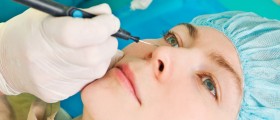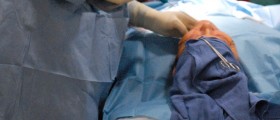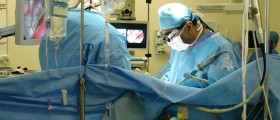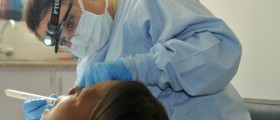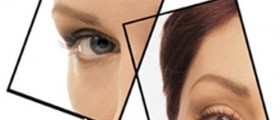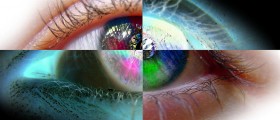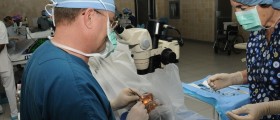Age we age, the eyelids are among the first structures of the face to show changes. Blepharoplasty, also called "eyelid surgery" or an "eye lift", is a surgical procedure that aims to correct eyelid drooping and bags. It can be performed purely for cosmetic reasons, but in some cases a drooping eyelid can also impair vision severely, making a blepharoplasty a medical necessity.
Are you interested in undergoing a blepharoplasty? You are likely to have many questions.
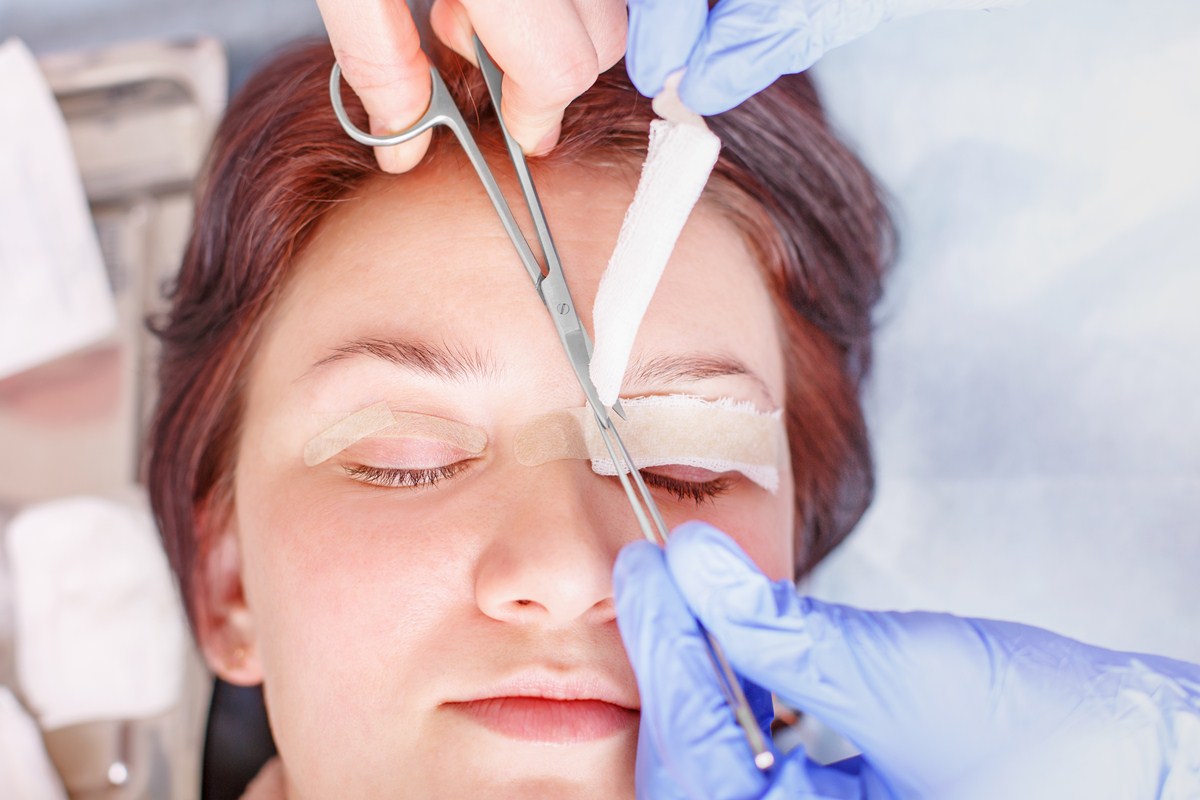
Blepharoplasty: What Is Involved?
A blepharoplasty can be performed on only the lower or upper eyelid, or can be done on both during the same procedure.
During upper eyelid surgery, the incision is made along the natural crease of your eyelid in order to hide the scar that will result. After excess fat is either excised or placed elsewhere, your surgeon will remove muscle and skin tissue as needed.
Lower eyelid surgery is more varied: some people have "bags" under their eyes that are merely caused by excess fat, while others also have additional skin and muscle tissue. Fat removal can be achieved through an incision on the inside of the eyelid, making the resulting scar invisible. Should your surgeon and you decide to also remove skin and muscle during your lower blepharoplasty, the incision is instead made right below the lower lash line. Even in this case, visible scars are highly unlikely.
Should you opt for a combined lower and upper blepharoplasty, both procedures will be carried out at once, and they can also be combined with other procedures, such as a face lift. A lower and upper blepharoplasty will leave you with a much more youthful and tight look, and will widen your vision if your drooping upper eyelid had been obstructing your eye.
What Are The Risks Of A Blepharoplasty?
Like all other surgical procedures, eyelid surgery carries its fair share of risks. Choosing a reputable and experienced reconstructive facial surgeon — a member of the American Society of Ophthalmic Plastic and Reconstructive Surgery if you will be having your surgery in the United States — will minimize your risk of experiencing complications while increasing your risk of being satisfied with the result of your eyelid surgery. However, even the best surgeon in the world cannot guarantee that you will walk away from your operation without complications.
The risks of upper and lower eyelid surgery include:
- Infection, excessive bleeding, and all the risks that are generally associated with having general anesthesia
- Temporarily blurred vision and, in very rare cases, even loss of eyesight
- Excess scarring
- Hyperpigmentation of the skin where the surgery was performed
- Damaged eyelid muscles
Experiencing some amount of swelling and bruising, along with eye dryness, is normal following an eye lift. Pain killers can help you alleviate the discomfort that you will experience after eyelid surgery, and proper aftercare procedures will help you recover swiftly.
Your Recovery
In order to facilitate a fast and uncomplicated recovery process, you should follow the instructions your reconstructive surgeon leaves you with to the letter and attend any follow-up appointments that are suggested.
By using eye drops, not rubbing your eyes, using a cool compress to alleviate swelling and sleeping in a semi-upright position with an elevated head, you can contribute greatly to your recovery speed. Refrain from smoking and wearing contact lenses during the recovery period, as both can irritate your eyes and the incision.
The initial recovery period will come to an end around nine days after your surgery, and it is at this point that you will get a glimpse of the end result of your eye lift.
- www.asoprs.org/i4a/pages/index.cfm?pageid=3646
- Photo courtesy of SteadyHealth




